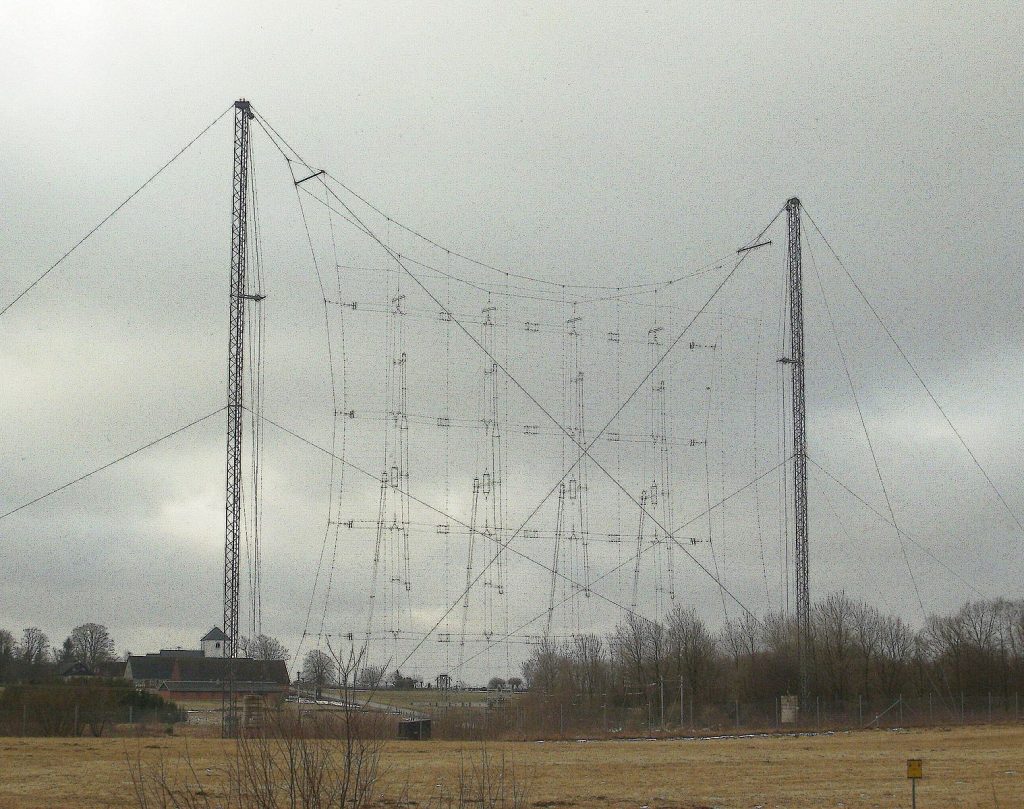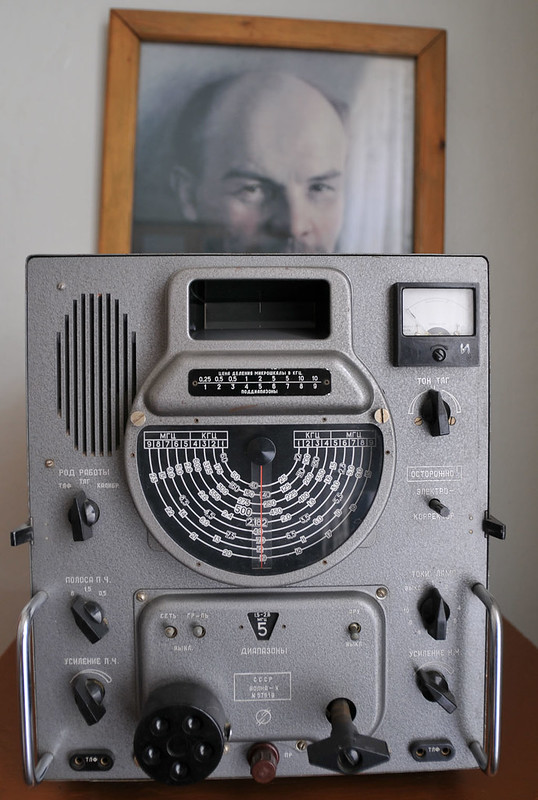In the mid-late 20th century, before digital technologies, the radio was the easiest way to communicate over very long distances. The shortwave frequencies were crammed with pop stations, political propaganda and ham radio users. Jammed in between these transmissions, there were occasional unexplained broadcasts, some obvious analog data transmission and other unexplainable stations. Some of these broadcasts consisted of just a series of figures being read out in a mechanical voice, these often started with a short jingle beforehand to identify the station. Officially, no one knew what they were for, governments vehemently denied their existence, however, just about everybody knew these were spy communications. These mysterious transmissions were nicknamed numbers stations because of their transmissions consisting of apparently nothing else but sequences of numbers, and for want of a better name it stuck. I can vividly remember as a boy discovering these stations and being both puzzled and excited as I tried to decode them.

Numbers stations were mysterious and suggested top secret agents, clandestine meetings, this was at the height of the cold war where the eastern bloc was the enemy from an unknown land and nuclear war was an ever present threat. They had names like the Linconshire Poacher, Cherry Ripe & The Russian man. It’s now certain these were transmitting codes using what’s called a One Way Voice Link (OWL) that required no response from the listener, apart from being tuned into a radio frequency at a given time along with their code book to decrypt the incoming message. The code was decrypted using One Time Pad (OTP), which at the time was considered completely unbreakable without the corresponding code book. The OTP was so called because the decoding sheet usually tiny was used just once then disposed of, each sheet had a random set of numbers which was used to decode the incoming message. There are 5 factors in using a OTP
The key must be as random as possible.
The key must be at least as long as the plaintext so it never repeats.
The key must never be reused even reusing part of the code would compromise the message.
The key must be a secret between the sender and receiver.
The key must be destroyed after use.
Using a one time pad
Every letter of the alphabet has its own number equivalent.
| A | B | C | D | E | F | G | H | I | J | K | L | M | N | O | P | Q | R | S | T | U | V | W | X | Y | Z |
| 01 | 02 | 03 | 04 | 05 | 06 | 07 | 08 | 09 | 10 | 11 | 12 | 13 | 14 | 15 | 16 | 17 | 18 | 19 | 20 | 21 | 22 | 23 | 24 | 25 | 26 |
Replace letters with numbers from the table.
| G | O | T | O | C | L | O | C | K | T | O | W | E | R | F | R | I | D | A | Y | ||||
| 07 | 15 | 20 | 15 | 03 | 12 | 15 | 03 | 11 | 20 | 15 | 23 | 05 | 18 | 06 | 18 | 09 | 04 | 01 | 25 |
Now add the Numbers from the pad to our replacement numbers, if more than 100 use the last two digits only, then divide into groups of 5 and transmit
| G | O | T | O | C | L | O | C | K | T | O | W | E | R | F | R | I | D | A | Y |
| 07 | 15 | 20 | 15 | 03 | 12 | 15 | 03 | 11 | 20 | 15 | 23 | 05 | 18 | 06 | 18 | 09 | 04 | 01 | 25 |
| 72 | 42 | 57 | 14 | 25 | 84 | 09 | 53 | 17 | 86 | 94 | 87 | 43 | 99 | 07 | 58 | 64 | 69 | 22 | 17 |
| 79 | 57 | 77 | 29 | 28 | 96 | 24 | 56 | 28 | 06 | 09 | 10 | 48 | 17 | 13 | 76 | 73 | 73 | 23 | 42 |
Our message becomes
79577 72928 96245 62806 09104 81713 76737 32342
To decode the message, the recipient uses the same page from his own one-time pad. Numbers are broken into pairs once again and subtracted, we will have to add 100 I the product of the 2 numbers is less than 0
| Code | 79 | 57 | 77 | 29 | 28 | 96 | 24 | 56 | 28 | 06 | 09 | 10 | 48 | 17 | 13 | 76 | 73 | 73 | 23 | 42 |
| OTP | 72 | 42 | 57 | 14 | 25 | 84 | 09 | 53 | 17 | 86 | 94 | 87 | 43 | 99 | 07 | 58 | 64 | 69 | 22 | 17 |
| Add? | 100 | 100 | 100 | 100 | ||||||||||||||||
| 07 | 15 | 20 | 15 | 03 | 12 | 15 | 03 | 11 | 20 | 15 | 23 | 05 | 18 | 06 | 18 | 09 | 04 | 01 | 25 |
| 07 | 15 | 20 | 15 | 03 | 12 | 15 | 03 | 11 | 20 | 15 | 23 | 05 | 18 | 06 | 18 | 09 | 04 | 01 | 25 |
| G | O | T | O | C | L | O | C | K | T | O | W | E | R | F | R | I | D | A | Y |
Some OTP used X for spaces and punctuation and added an XX at the end of the code with padding letters after to make the code up to the required 5 letter blocks.

OTP is still in use today as a medium to send encoded messages that require little equipment to decrypt once received. Even using brute force methods on super computers isn’t thought to be able to crack the code and is as secure as when it was devised in 1882 by Frank Miller, although Quantum Computing will change this when they become large enough.
Times have changed, with the opening up of the eastern bloc, greater knowledge of these places due to travel most of the mystery has gone. Now the internet is currently used for most of our day to day communications these transmissions are laborious and largely redundant, although a few number stations still exist because of their simplicity to operate in remote parts of the world.

